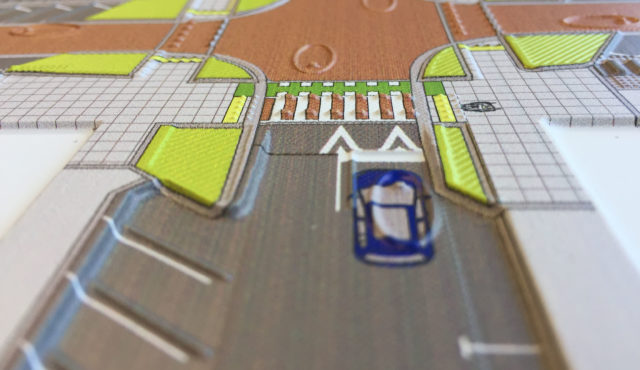FHWA Innovative Street Design and Accessibility
National
Project Summary
To ensure that new street designs remain accessible to people with vision disabilities, the Federal Highway Administration asked Toole Design to develop Accessible Shared Streets. Through a series of innovative stakeholder engagement efforts, we sought first-hand input from people with vision disabilities, orientation and mobility specialists, street designers, and others. Accessible Shared Streets provides guidance for accommodating pedestrians with vision disabilities on shared streets. The project also involved assessing gaps in accessible design guidance and making recommendations on research needs and updates to existing guidance.
Accessible Shared Streets: Notable Practices and Considerations for Accommodating Pedestrians with Vision Disabilities is available for review, in both PDF and screen-reader compatible HTML, from the FWHA website.

